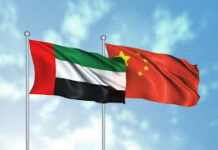The State Bank of Pakistan (SBP) recently raised the policy rate from 16 per cent to 17pc in an effort to control inflationary pressures and bleeding foreign exchange reserves. Central banks around the world use monetary tools to control the demand side of inflation to save the economy from overheating.
However, it is interesting to note that monetary tightening in this case is taking place at a time when the economy is already in recession. According to the forecast of multilateral organisations, the World Bank and the International Monetary Fund (IMF), the gross domestic product (GDP) growth rate of the country would be no more than 1.5pc.
The data is also showing the same story as petroleum sales, auto demand and consumer credit uptake reflect a slowdown in growth. The policymakers need to understand that the country needs long-term structural reforms to fix the issues.
In Pakistan, the government is the largest borrower. A higher interest rate means that the government has to pay higher debt servicing costs which results in higher inflation because the government has to increase the tax rate to control the fiscal deficit. Pakistan does not have a demand problem. It has chronic systematic supply issues; whether it is low productivity in agriculture, industrial production, dilapidated energy supply chain, or low tax-to-GDP ratio. Short-term fixes to control inflation by raising interest rates will only make it worse.
Salman Ahmed Ansari
Tando Adam
Monetary tools
Must Read
Five of same family killed, 3 injured in Shangla car plunge
SWAT: Five members of a family were killed and three others sustained critical injuries on Thursday when a jeep plunged into a ravine in...






















